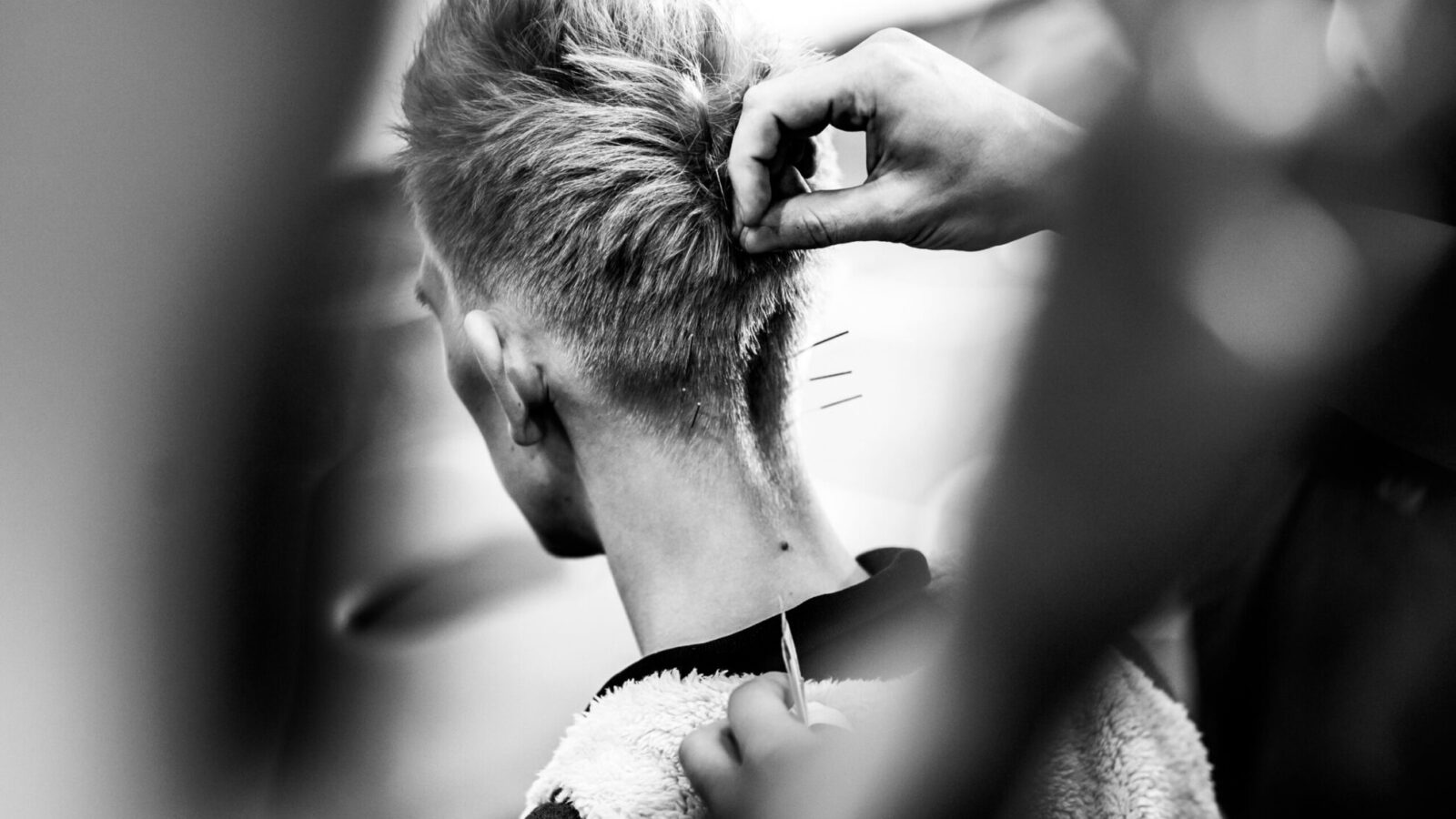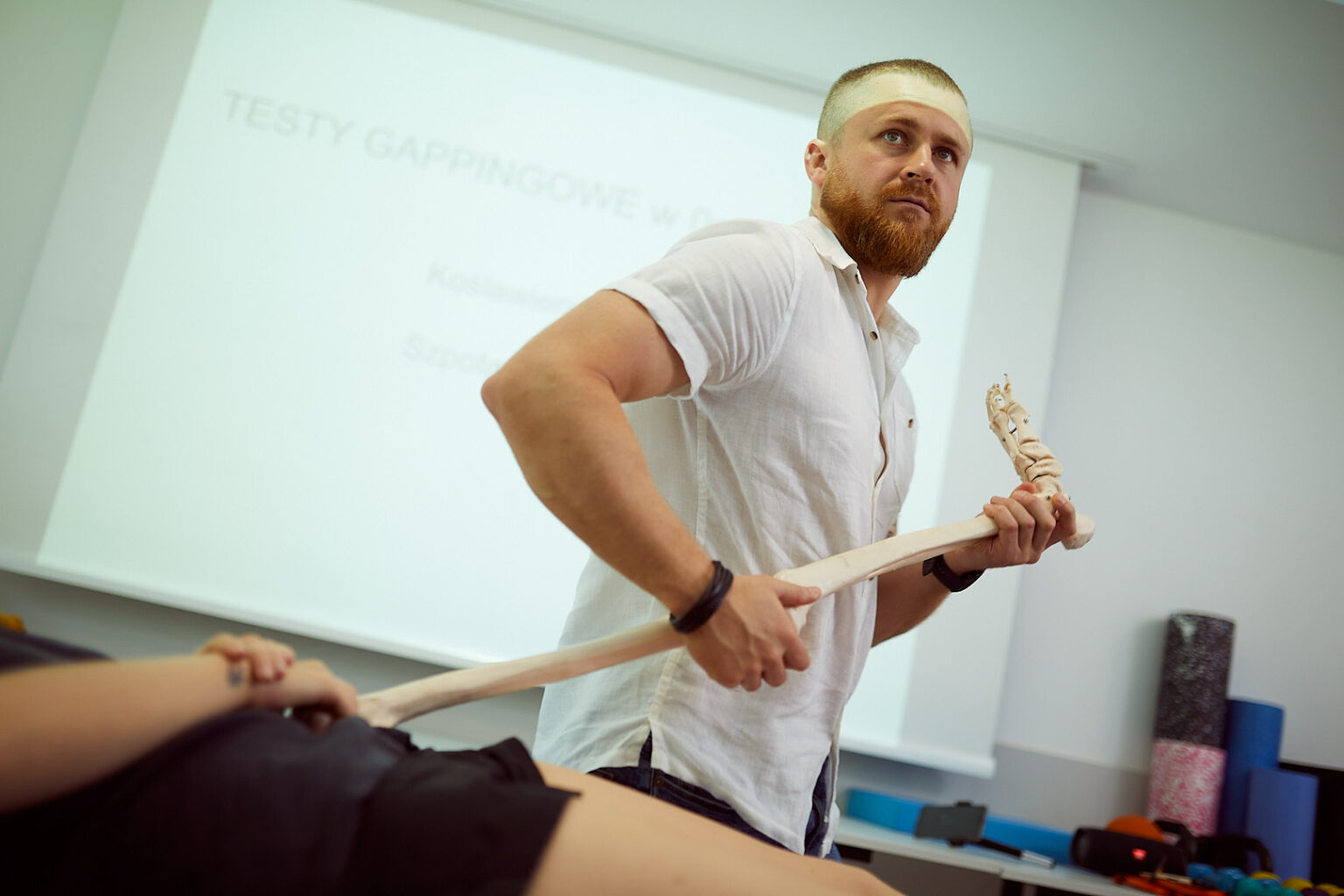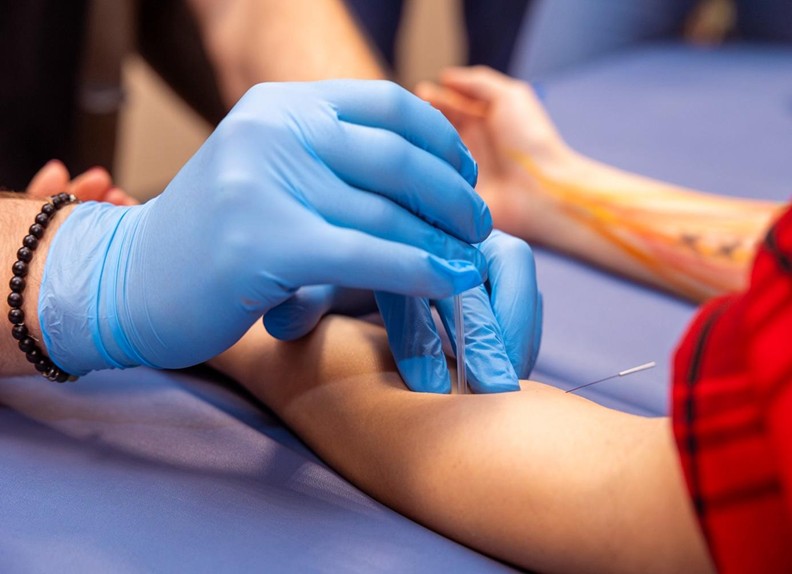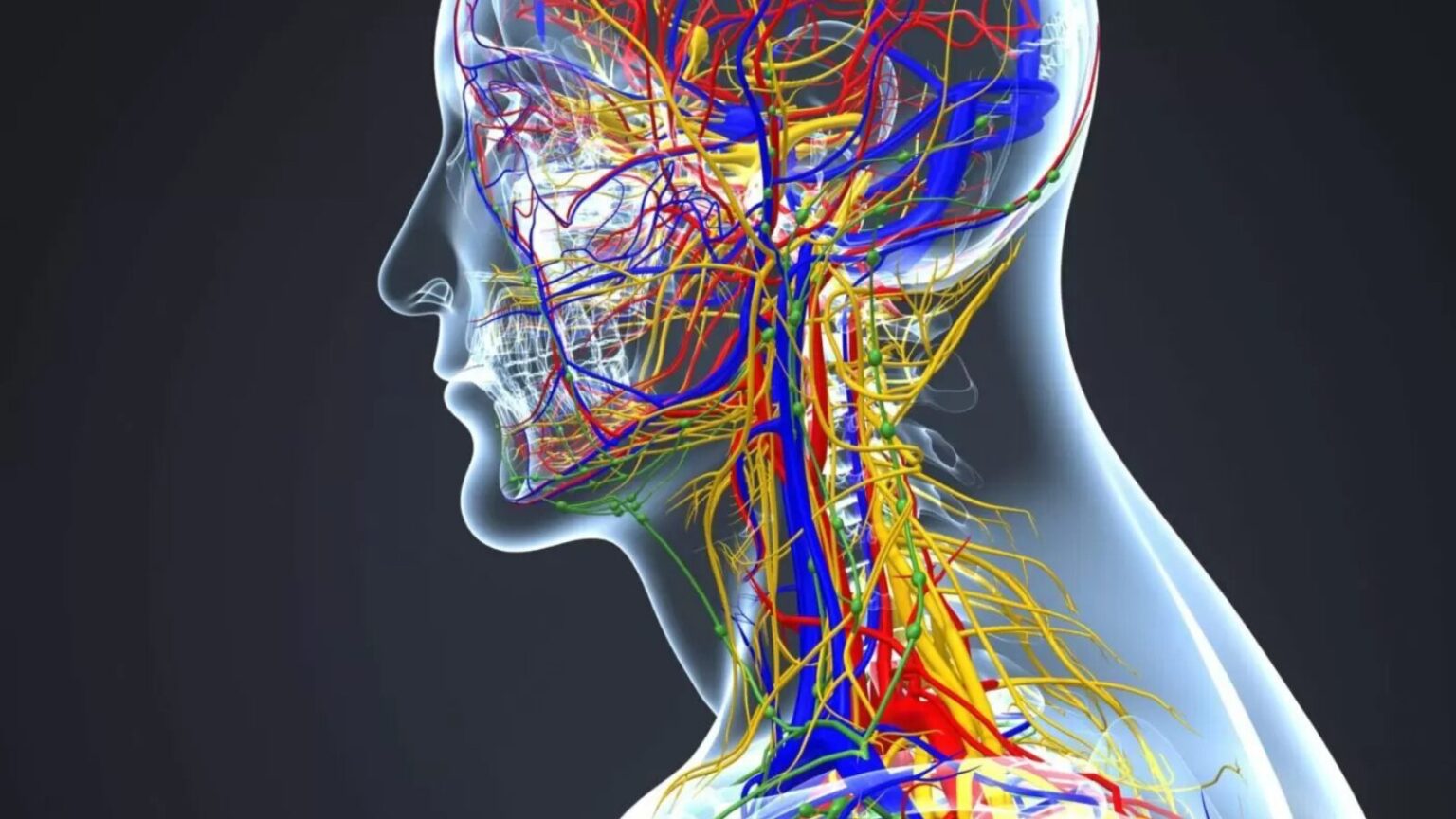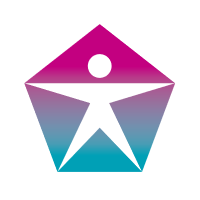It would be better to be a good therapist than just be sometimes One of the competences that brings us closer to the status of a good therapist is acupuncture
History of Master Tung
The first mentions of acupuncture date back, depending on the source, from 2 to 4 thousand years BC. In this article, I will try to present one of the acupuncture systems, namely the Master Tung method in the treatment of various diseases, including pain syndromes.
Master Tung Master Tung is considered one of the most important acupuncturists in modern history. 39 years after his death, his method gained popularity all over the world. It became famous for using just a few needles with miraculous healing results. As he himself claimed - his family system developed independently of traditional Chinese medicine and the use of points is far different from those used in TCM on the main 14 channels. Not wanting all the secret knowledge and family tradition to be lost along with the last textbooks destroyed during the war, he decided to reveal the secret and in 1962 he began to accept students, thanks to which the knowledge has survived to this day.
Wielu akupunkturzystów i terapeutów stosujących dry needling przyzwyczajonych jest do stosowania dużej ilości igieł podczas jednego zabiegu. Jest to jedno z podejść ale Mistrz Tung zaproponował inne. Dzięki magicznym punktom Mistrza Tunga pacjent odczuwa znaczną poprawę już po jednym czy dwóch zabiegach przy użyciu minimalnej, efektywnej ilości igieł. Dlatego praktykujący tę niezwykłą metodę wybiera tylko kilka silnych, precyzyjnie dobranych punktów, najczęściej z dala od dolegliwości z jaką zmaga się pacjent. Igły zwykle wkłuwane są dosyć powierzchownie, nie zaleca się „pompowania” i nie oczekuje uzyskania efektu tzw. „twitch”, co czyni metodę atrakcyjną dla pacjentów bo zabieg przebiega niemal bezboleśnie.
Myślę, że wszyscy zgodzimy się, iż jednymi z najczęstszych problemów z jakimi spotykamy się w gabinetach są przypadki bólowe. I są to bóle pleców, szyi, barku, kolan, bóle głowy, łokci, palców, rwy kulszowe, bóle brzucha albo bóle typu „nikt nie umiał tego naprawić”.
Of course, as many patients, as many types of pain, but at the end of the day, the 80-20 rule will work here (80% of our office time we will treat 20% of all cases. We should also remember that pain is only some information and a signpost for us - therapists. stagnation of Qi or Blood, heat, swelling, vasoconstriction or degeneration, but the essence for us is the cause, so if the patient does not respond to the therapy, we have two probable possibilities:
1. We misdiagnosed the patient
or
2. We used the wrong points.
3. An additional option is when the patient is really seriously ill (undiagnosed cancer, etc.), so let's always be vigilant and humble. Despite the extraordinary successes in therapy and the really huge potential hidden in Master Tung system let us remember the limits of our possibilities. The moment we think we can do anything is the same moment we should immediately take a few steps back in our thinking.
Pain in the patient
Pain management is so important because 95% of patients come just to get rid of it. When the patient feels comfortable with us and trusts our tools based on the effects we achieve, we can further educate such a patient and deal with his other health problems, which (by the way) very often disappear during therapy because we do not treat the symptoms but the cause. This is where the patient's problem lies.
Master Tung acupuncture copes well with pain, but it also brings amazing benefits in the treatment of internal problems. So if you are successful at treating pain, you will be successful at treating issues such as heavy or painful menstruation, chronic sinusitis, fevers and colds, anxiety, insomnia, migraines, digestive problems, and a whole host of other problems.
During master Tung course we discuss detailed point locations, numerous descriptions including reaction areas, lists of indications, notes on accurate puncture, contraindications, point combinations and comments. Each acupuncture point in Master Tung's system is presented in depth, with exact anatomical location, operating theory, indications, combination and case stages. In addition, we present complementary working methods that are crucial for the effectiveness of the office and described in detail in the course program.
Master Tung system it is a form of a new look and a new understanding of how we can work with the patient. Our mission and training dream - as a whole FRSc Team – is that you jsut BE and not somtimes be good therapists.
Bye

Maciej Ossowski
I am a graduate of the Academy of Physical Education. I carry out my mission in holistic body improvement based on continuous development, constantly participating in training and courses. Read more...

